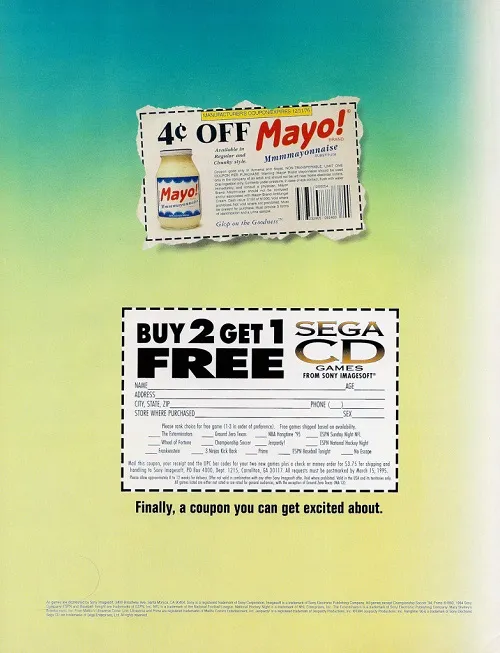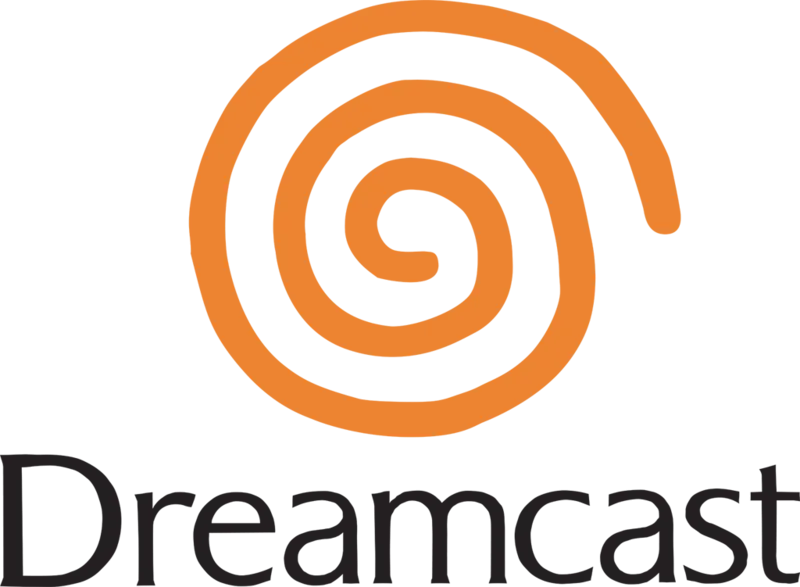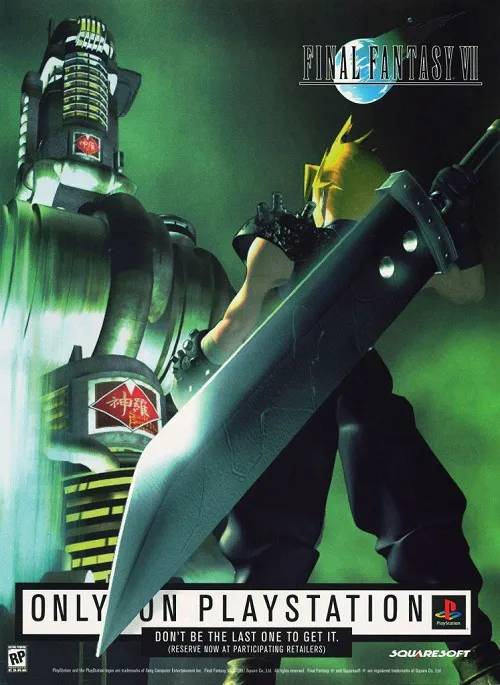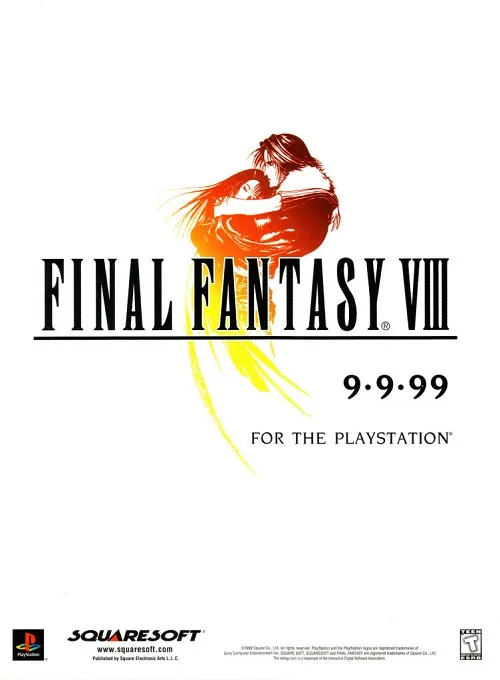
We see business rivals blast one another on a daily basis. From 140-character Twitter insults to full-blown industrial espionage, corporate trickery has a large palette upon which to draw for these purposes. Trading sick burns on social media has turned into a career for some lucky online junkies, but once in a great while, the fates align to create truly monumental tributes to competitive trolling. While the early 90's were home to the classic Sega vs. Nintendo rivalry, that was playground-level shit compared to the cock-waving, city-consuming rampage of insults, revenge, and revengeance carried out by two corporations in the second half of the decade. Turn the clock to 1999 and put on your asbestos underwear, cuz it got hot as balls when Sony and Sega went head to head over one specific day on a calendar.
Sony was no stranger to diamond-studded dick-baggery when it came to their treatment of Sega. Nintendo may have been content to take the high road when Sega rolled into their neighborhood, screaming and shouting and spray-painting their logo on everything, but Sony? Sony wasn't afraid to bring out the pliers and blowtorches for some medievalism of their own.
Sega was going to release the Saturn at a $399 debut price point? Sony set the PlayStation's debut price at $299 and dropped that mic so hard it left a hole in the stage.
Sega had some great first-party software in development? Sony signed virtually every third-party developer in the world, including Microsoft, to make PlayStation titles.
Sega launched the Saturn on May 11th, 1995 with seven games in the US? Sony countered with ten games available at their US launch on September 9th, 1995, covering every genre from fighting to platformers, air combat to extreme sports, racing to shoot 'em ups.
And when Sega put a swirly metal thing on rapper Ice Cube's noggin, Sony sought out the number for that ad exec's drug dealer.

What gave Sony such a raging hate-boner for Sega? Well, after Nintendo hung them out to dry over their proposed Super NES CD add-on, Sony approached Sega's US division about a partnership. Sony would produce and manufacture the 'Play Station' as a stand-alone console, while Sega would take a percentage of the profits in exchange for marketing and distribution. Sega's US CEO Tom Kalinsky liked this idea and took it to the board of directors at Sega Japan. Since Sony had little experience beyond making portable music players, the Japanese board scoffed and told Sony to stick their Play Station proposal where the sun don't shine.

Snubbed from playing on either team, Sony went from "Operation: Make the PlayStation" to "Operation: Make Sega Our Bitch." Unlike John Romero, Sony kept that promise. Thanks to the power of the PlayStation brand, Sega couldn't go anywhere without playing cigar box banjo to Sony's 1,200-piece mega-orchestra for the next four years.

But then came 1999, and Sega's move to re-position themselves on top with the Dreamcast. It was new, it was slick, and most important, it was out a full year before PlayStation 2 hit the market. Sega had managed, barely, to go the distance against Sony with their Saturn. They were battered and bleeding, but not down for the count. When Sony announced an October of 2000 US launch for the PS2, Sega saw their opening. To metaphorically add girth without adding lube, Sega chose a release date for the new system of September 9th, 1999, otherwise known as "the fourth anniversary of the North American PlayStation launch". Sega's message couldn't have been clearer if it was written on the surface of the moon in 2,500-foot-tall, laser-etched, rhodium-plated letters: "Here's our sawhorse, Sony--bend over!"

No one was more shocked than Sega when Sony responded to this with, "Nice launch date you got there. Be a shame if anything happened to it..." Sony could do nothing to preempt the Dreamcast's launch themselves--they were in no position to push the PS2 out ahead of schedule; even if they could it would be pointless without a competent software lineup to go with the hardware. That meant help would have to come from outside. Fortunately Sony knew one little company happy to assist:

Final Fantasy VII was the best-selling RPG in console history at this point. PlayStation exclusivity encouraged a generation of gamers raised on Nintendo to jump ship, but those millions could be enticed to mutiny again if Sega's Dreamcast pulled off a similar coup. With game demos for Soulcalibur and the 2K Sports franchise blowing away reviewers, a rock-bottom $199 price point, a record nineteen launch titles, and Sega's announcement that Sonic Adventure would be available day one, it's easy to see why Sony feared gaming enthusiasts might leave them behind come September. Unless, of course, the sequel to the best-selling RPG of all time also happened to release around the same time. Say, a certain Thursday selected entirely at random...

That white background, simple logo, and release date are literally everything you need to understand why the Dreamcast failed.
I'm not saying Final Fantasy VIII was the sole reason for the Dreamcast's downfall. Sega did plenty on their own to drive that, including offering outlandish rebates for subscribing to SegaNet's online gaming service, a $50 price drop in 2000, and tons of other giveaways which cost the company nearly half a billion dollars. It's a textbook example of how critical advertising is for one's own survival as well as the destruction of one's rivals, and explains why Sony is currently working on the PlayStation 5, while uttering the phrase "Dreamcast 2" in Sega's HQ will see you hog-tied, horse-whipped, and chained up in a basement.